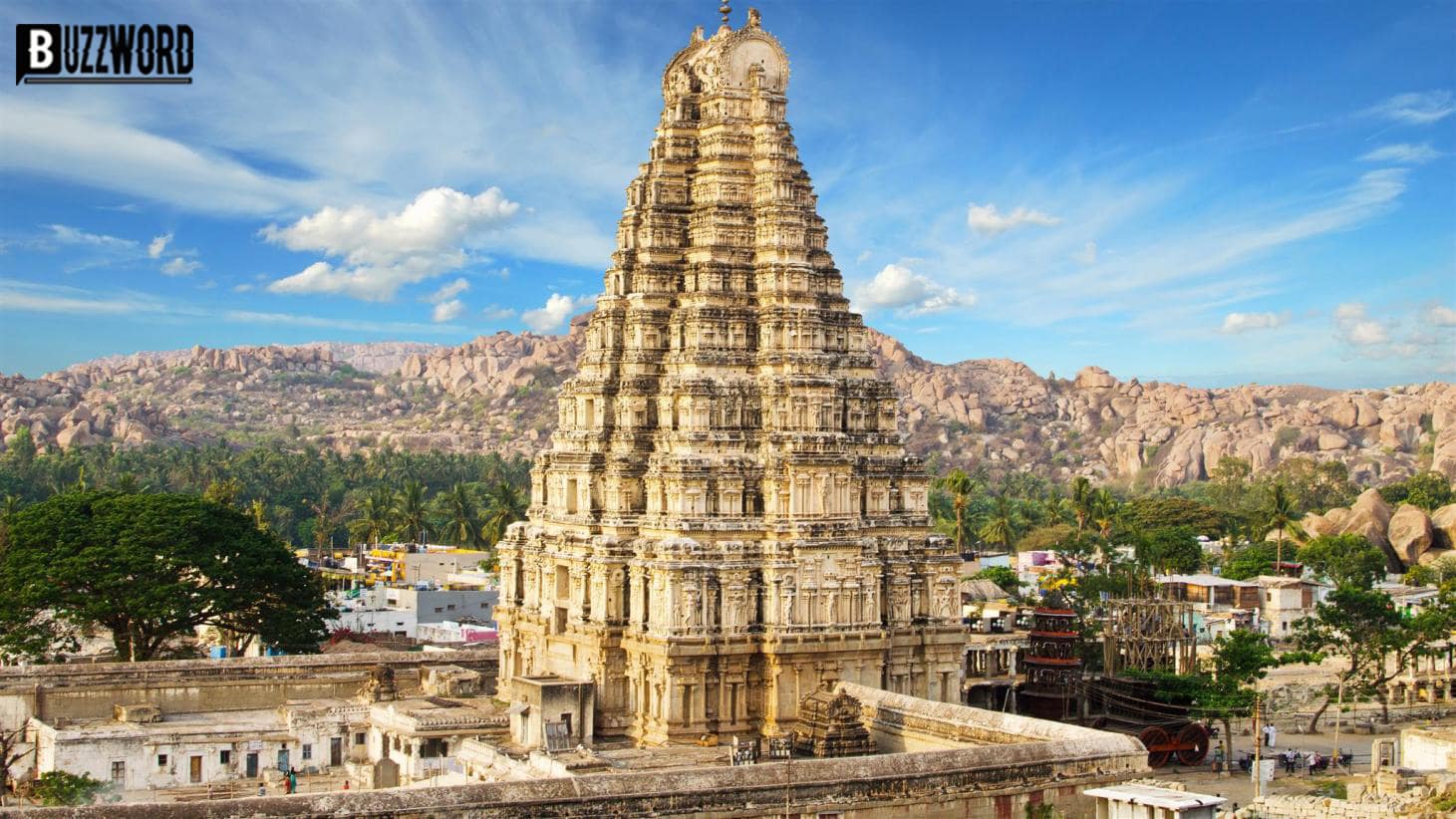Based on the opinions and recommendations of Internet users, Trip Advisor has issued its ranking of the most beautiful islands in the world in 2015. Here are the top 10 in pictures
Dream islands all around the world
1. Providenciales, the Caribbean otherwise
Unknown to the general public, this paradise is located in the Caicos archipelago, on the territory of the Turks and Caicos Islands. With 30,000 inhabitants, you will find yourself in an unspoiled land.
2. Maui: Hawaii as in the movies
Maui is the second largest island in Hawaii and has a 240-kilometer coastline. Idyllic beaches and colorful flowers await you. Become a Magnum for a trip.
3. Roatan, Honduran nugget
Farniente, farniente and... farniente. In the Caribbean Sea, this piece of land, 60 kilometers long and 8 wide (at most), offers fine white sand that would make anyone envious.
4. Santorini, the grace of Greece
How not to disconnect in Santorini? Between its volcano and the white stone villages nestled between two archaeological sites, it is a treat to behold.
5. Koh Tao et ses tortues thaïlandaises
Le long d'une plage bordée de palmiers, vous pourrez plonger avec les tortues dans les eaux calmes du golfe de Thaïlande.
6. Madeira, the island version of Portugal
The "island of flowers" off the coast of Morocco will delight lovers of beautiful houses and calm. You will enjoy a scooter ride between lovers on this land recognized as World Wildlife Fund.
7. Bali, the Indonesian plenitude
Between the rice fields and the beauty of the Indonesian temples, it is a festival of colors that awaits you. An unforgettable visual and spiritual change of scenery.
8. Mauritius, experience the Indian Ocean
This former French colony remains the luxurious destination where you must go to see dream beaches and coral, but also lush nature in the interreligious respect.
9. Bora Bora, a piece of France
A haven of peace at the other end of the globe: welcome to French Polynesia. The island distills a unique charm to live a full experience, surrounded by crystal clear waters.
10. Fernando de Noronha, so Brazil
Turtles and dolphins in abundance in a preserved fauna: here is the program of this archipelago so wild, off Natal and Brazil.

.jpg)
.jpg)
.jpg)
.jpg)

.jpg)



.jpg)

















.jpg)

























.jpg)

